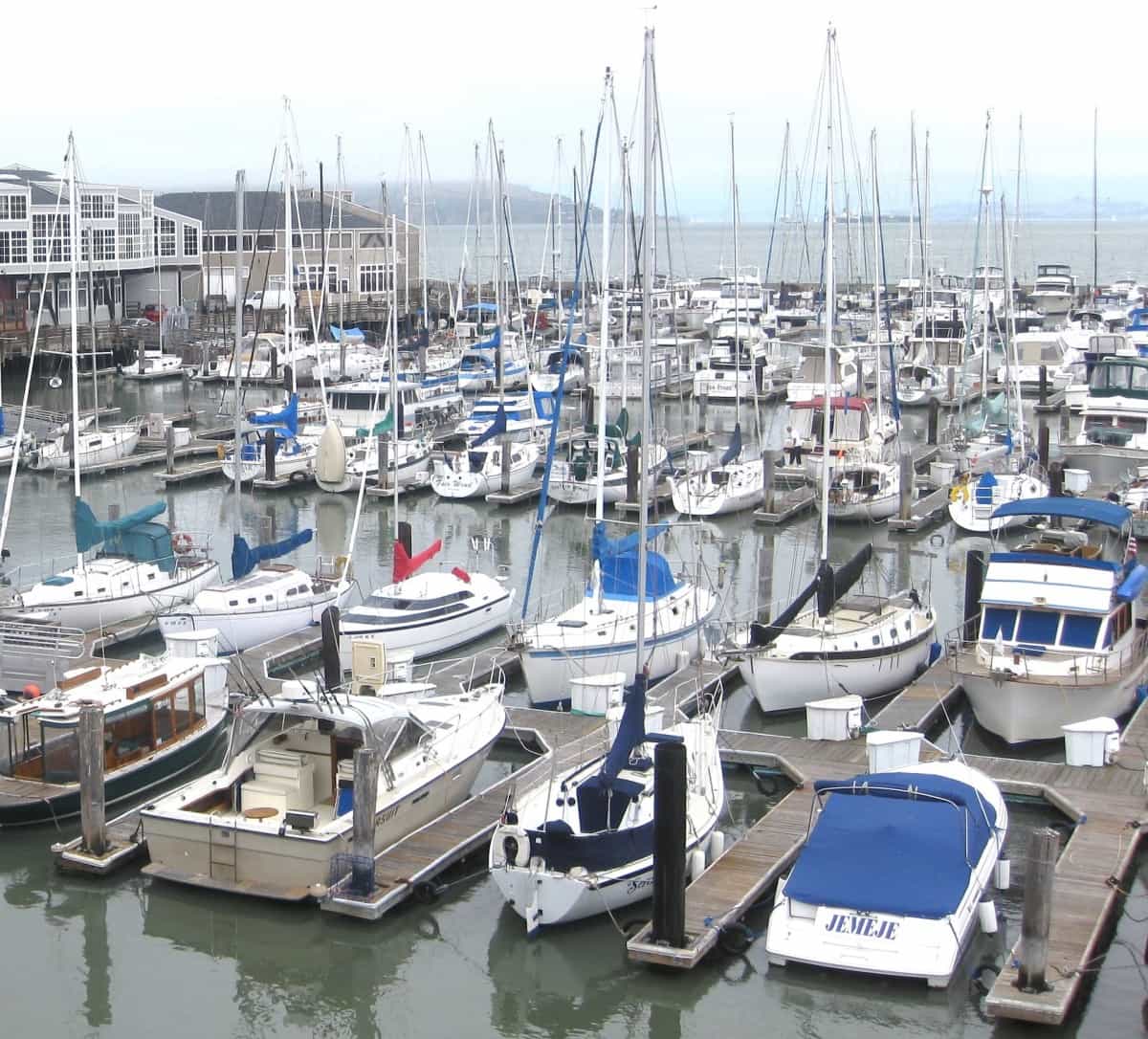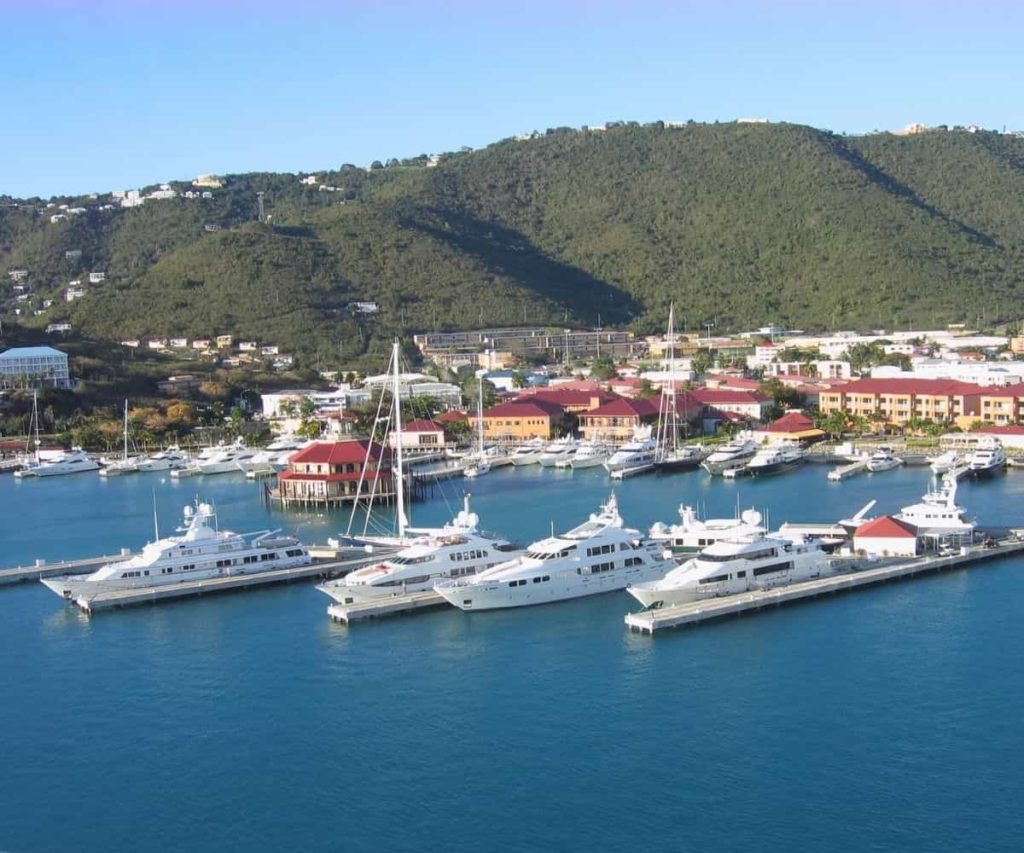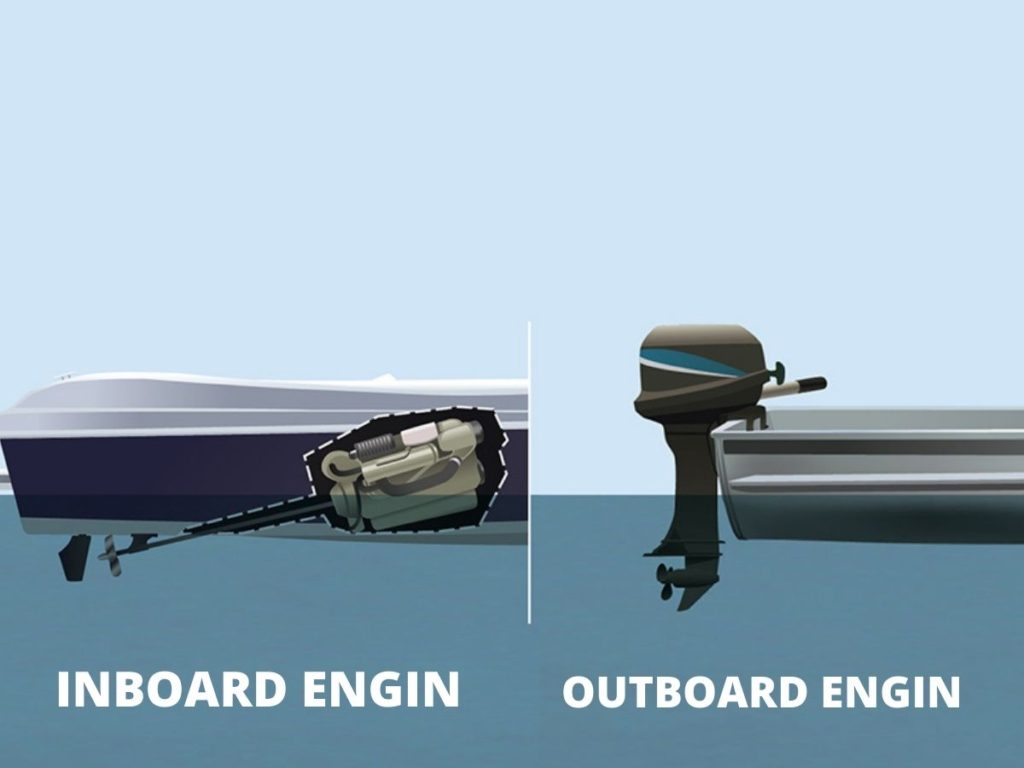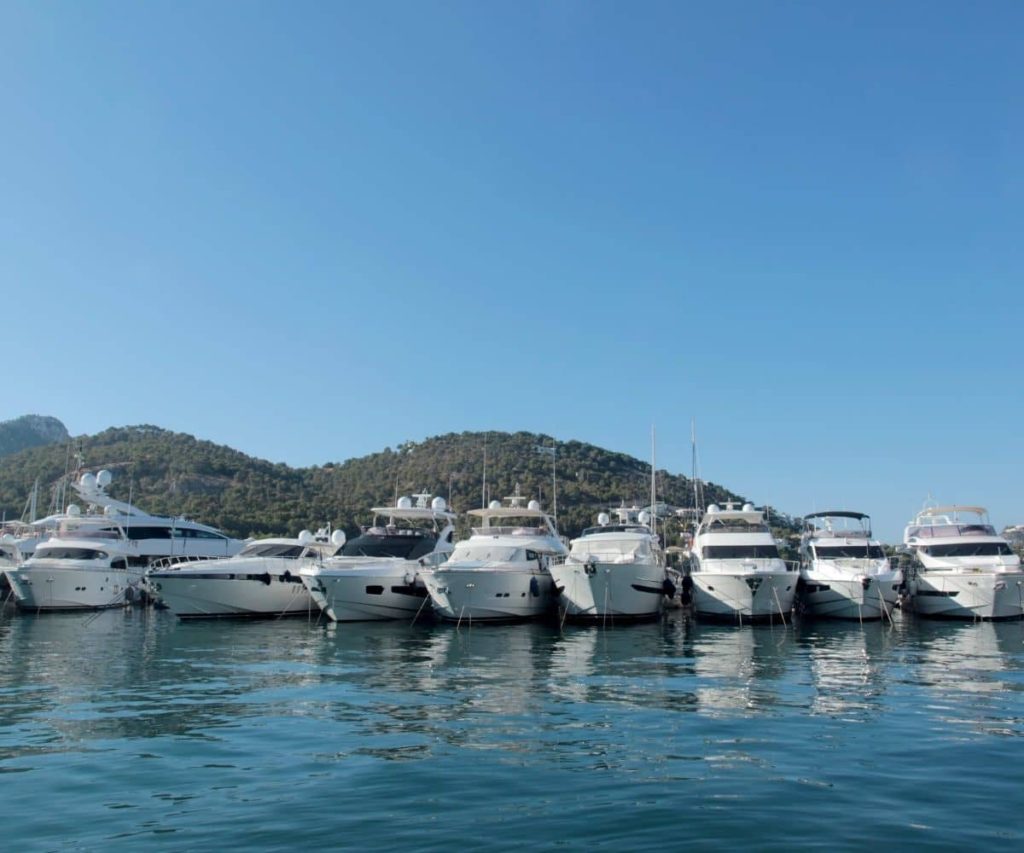Why most sailing boats and cruise ships are white

Whatever marina I went to ( marina is a harbor for small boats ), I noticed like many others, that the dominant boats’ color is white, sailboats, motorboats, yachts, and cruise ships most of them white, or Shades of white to be accurate.
Then I start to ask why most of the boats are white? I asked every captain, sailor, boat builder, marina manager I met, I even asked a coast guard rescue team retired officer.
The short answer I will present before we dive into Why most sailing boats and cruise ships are white is: most boats are white due to Three main reasons: the first is white is the best practical and most permanent color, the second is the passenger comfort, the third is the efficiency of the vessel in a practical and economical manner in the short and long run.
I will discuss each of these reasons with you, along with some other reasons that are widespread among sailors, which we will see whether it’s correct or not, through scientifically proven facts and through proven experiments, away from opinions, guesses, and speculation. So, straight away let’s jump right in.
A quick note that I will use the word vessel instead of the word boats or ships because it includes all the categories and types ( Basically, a vessel is anything that can float), so when I mention a specific type you will have a better understanding.
First, let’s see
What types of vessels are white?

Vessels are built to last much longer than cars and trucks, especially boats that operate and spend more time on the water than others such as yachts, sailing boats, cruise ships, cargo ships, warships, and others. But when you look carefully at all the categories, you will find that the white color is not the dominant color in all categories, but rather some of them.
And these types are The types that have been built and their top priorities are efficiency and passenger comfort, over the seas and oceans under the open sky, for a period of time that may last for weeks, months, or even years, under different and fluctuating weather conditions.
After a deep study of various types of vessels, Depending on the priorities of comfort and efficiency. I can say that the most popular of these types that are white are cruise ships, sailing boats, and yachts.
And the common things between these types are the importance of passenger comfort and the efficiency of the vessel in a practical and economical manner.
And now let’s see how?
Do colors have an impact on the vessel? And How!
Yes, the color has effects on the vessel, and this effect may be felt immediately or after a period of time depending on several factors, such as the size and length of the vessel, and the type of the material that is made of it, such as steel, aluminum, or fiberglass. Also, the type of power that drives the vessel (diesel, gas, electricity, winds, and solar energy).
Other important factors include the vessel design and building quality. All these factors may make the effects of the vessel’s color strong or weak.
I will tell you a story of a friend, so you can have a better perception and understanding of how these factors are connected:
My friend decided to rebuild his old sailing boat, and to make several improvements, including changing the color of the boat from off white to dark green, and to replace the old outbound engine with a newer, stronger, and more efficient inbound engine, beautiful, Right.

He thought it’s all right and great, let’s go to the Caribbean for the summer vacation, let’s live the dream.
During the trip he faced a difficult situation that forced him to use the engine for a long time without a pause, for hours and hours, then through that time, Oh God… the new engine crashes and white steam everywhere.
The engine is overheated, the oil & water pipes cannot stand the pressure and heat, they getting soften before melting and eventually blow off. His beautiful vacation has been ruined.
Why? Because when he rebuilds his sailboat he didn’t take into account the issue of thermal insulation, heat transfer, and thermal expansion (the design of the boat), and he didn’t know that the high temperature in the engine room even if it’s a few degrees might lead to serious disasters on the boat, in the short and long term, especially if this rise continues for a long time.
How did this happen?
- First, it’s summer, it’s boiling, and there is no cover, and the sun hits the boat from sunrise to sunset, not only that !! The sunlight reflects off the surface of the sea and strikes the boat from the bottom, and now the sun’s rays strike the boat like a magnifying glass.
Do not forget also that he changed the color of the boat from white to dark green, which in turn absorbs most of the sun’s rays and heat, unlike the white that expels most of them. This led to raising the temperature of the entire boat body and transferring it to the engine room, which leads us to the second mistake.
- Second, it’s scientifically proven that light colors reflect heat and don’t absorb most of them, and vice versa for dark colors. When he changed the color from white to dark green, the temperature of the boat body rises, and because he didn’t realize the importance of thermal insulation, (thermal insulation simply means limiting the heat transfer from a place Or objects to another) that was what happened to his boat.
Because of the high temperature outside and it transfers the heat to the walls of the engine room, this led to the entrapment of the heat inside the engine room and its rises continuously until the engine could not stand and crushed. The lesson here is always to keep an eye on the engine room temperature carefully. This leads us to the next mistake.
- Third, sometimes when you are rebuilding by yourself you might miss or forget little things that you didn’t understand how important they’re at the time. I am talking about the thermal expansion of water pipes and oil tubes. Believe it or not, if he made all the previous mistakes, but this one he made it right, that could prevent all that drama.
Because the first things that fail and get overheated are plastic pipes and rubber tubes, and they start to leak first before exploding. So if he chose the perfect qualitative types that can hold out the heat and pressure from the engine, that may prevent this tragic accident from happening at all. Don’t pick the cheap one, pick the best.
Recap of the story, In all mechanical engineering machines such as boats, when something is modified or changed, no matter how small or big, there must be a prior study on the new effect that may occur and work to contain or improve it. Because the effects of these changes might be noticed shortly or it may take a while.
Why white is the best practical and most permanent boat color?

Each choice you have has advantages and disadvantages, and it may be good in some ways, acceptable in some, and bad in others. but What makes the white color is the perfect choice for your boat because it’s good or acceptable in most standpoint. Let’s see some of them:
- White color is cooler (as alluded to) and many of the white pigments are extremely good at reflecting and mitigating UV and heat. (a major problem on the water as you’re floating on a big mirror with no shade).
- White doesn’t fade as other Colors. also, colors show dings, damage, and aged a lot worse than white, Since boats tend to last a lot longer than cars, so they need to look decent for a long time.
- Another aspect of heat is thermal expansion. The sun will heat the surface and expand it relative to the lower layers. It takes time for the heat to soak in, and when the surface is splashed with cold water, the surface will shrink relative to the hot layers below. These stresses will age the material faster and can lead to surface cracks.
- White goes with everything, unlimited canvas, and furniture choices, and you know that color matching a repaired section of color is very difficult inside or outside, but if it White it will wear much better over time and hides imperfections because a dark-colored hull looks terrible after years unless it has been well maintained and waxed constantly.
- Lowering the power bills, in smaller vessels it’s hard to measure in the short run, but for cruise ships, 300 meters in overall length, 70 meters in height above the water, Under the blazing summer sun, that definitely well double the power bills in order to maintain the appropriate temperature inside the engine room to keep it cool, and inside the ship to keep the passengers’ comfort, if it was anything other than white.

- Most white boats are fiberglass, White fiberglass is the easiest & less expensive than colored paint. The color used to “paint” boats are Gelcoat, a mixture of polyester and color pigments, production will lay up the hull of the next boat as soon as the one before it is removed from the mold.
which makes it more expensive if they have decided to change the color because now they have to build a new mold for the new color. and this will add more costs and time to the production line.
- You can more easily clean off your boat when pulling it off the water, (I’m talking about the boats that you can pull behind your truck.). it’s highly encouraged to clean off your boat between visiting different lakes to not spread any ecosystem-damaging wildlife.
Such as Zebra Mussels getting into the Great Lakes and us not wanting to spread it to smaller lakes. Anyway, if it’s white, it’d be easier to see grime and aqueous creatures against it than if it were a darker color.
Everyone has their own favorite color which makes it hard for the manufacturing world to pick a default color. But White is an acceptable choice for a lot of people.
Why most boats are white? Reasons widespread among sailors
- White is one of the easiest colors to see against the blue background of the water and sky. well, that’s not true. because when you are looking from the sky you will see the white foam on the water surface that is caused by the waves, and that makes it hard to notice a white boat above from the sky in case of emergency.
If white is the easiest color to see on the water, Why are the life jacket (water life vests) always Red, Orange, or Yellow?.
- White boats can be picked up easier by radars. This is false, color does not reflect radio waves. steel does ( except for military technology ). Boats made of fiberglass have an iron radar reflector somewhere inside the boat body.
Why there are boats and ships not white?

As I said before it’s related to the priorities of comfort and efficiency, and in some vessel types these are not top priorities, Commercial ships tend to be other colors, dark blue and red. it could be for brand recognition or because it was made of steel and needed a multi-layer of paints to protect the body from rusting, and hide it in the long run.
Navy ships, on the other hand, tend to be bluish or gray, it may be for camouflage under the open blue sky on the open water, and also it could have something with the radar signals to stay invisible from the enemy.
Other types of smaller vessels come with a variety of colors because as I mentioned before in some types the color doesn’t have a big impact on the boat, cause they didn’t design to operate for a long time under hard and tuff conditions.
Final thoughts
Having just sailed on a dark-green boat in the Caribbean, I can tell you honestly that I would never do anything other than white. The heat inside was noticeably worse, the energy bills for three months was much more than other similar boats. not just that As the greatest sailor said: “If you want to walk barefoot in your boat paint it white”. ( I just came up with it ).
So it’s partly modern tradition, partly that white fiberglass is a thing. partly that a white deck doesn’t get as hot in the blazing summer sun. and partly the body will stay luxurious for a long time and lower the energy bills in the long run.
As the real estate agent said: “If you want it to sell paint it white“.
Don’t forget to share this article with your friends. Now You Know Why.